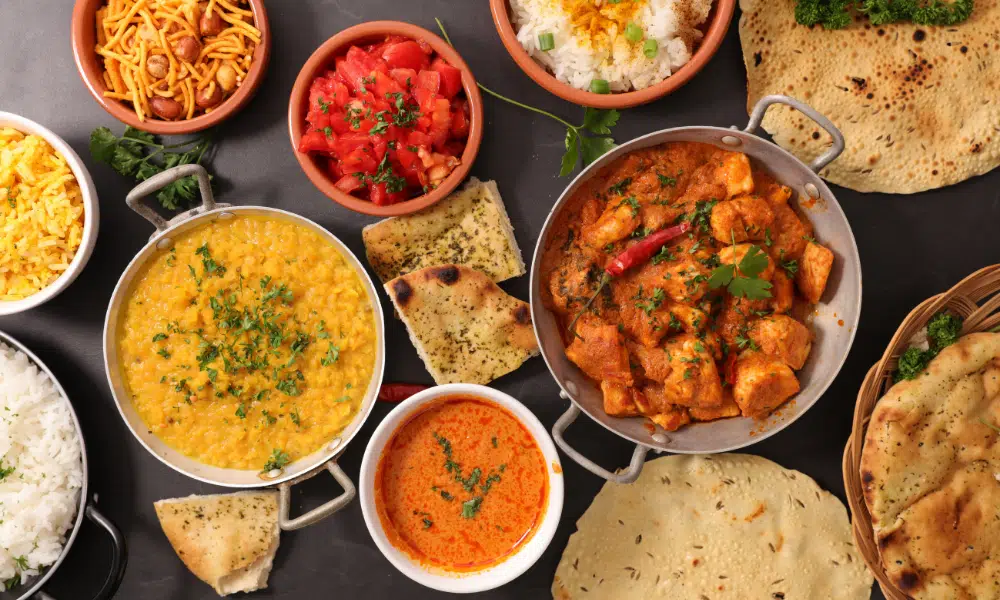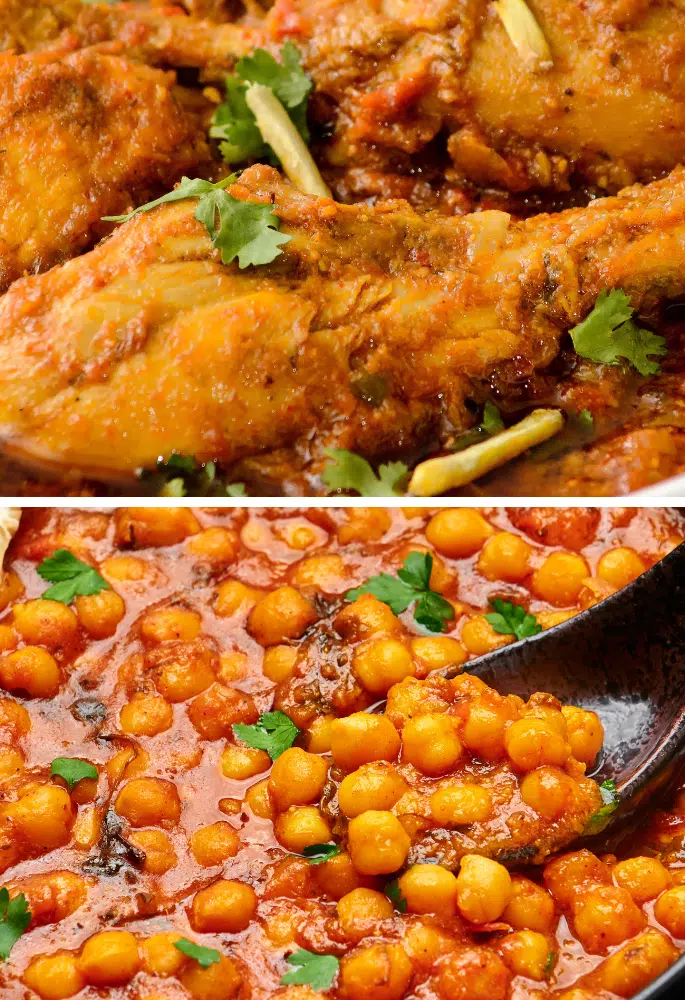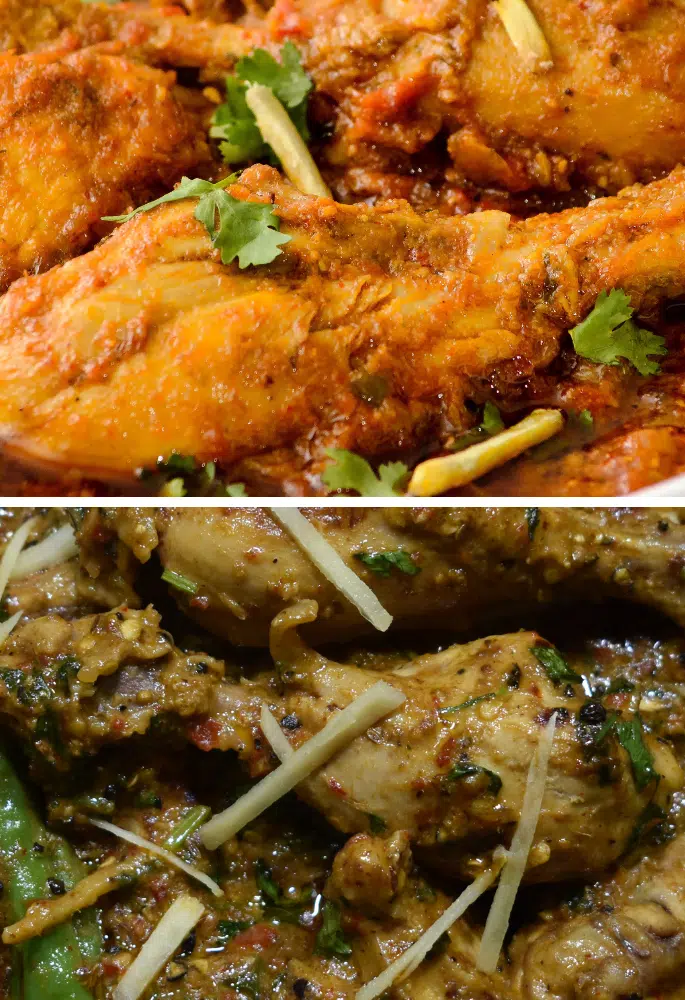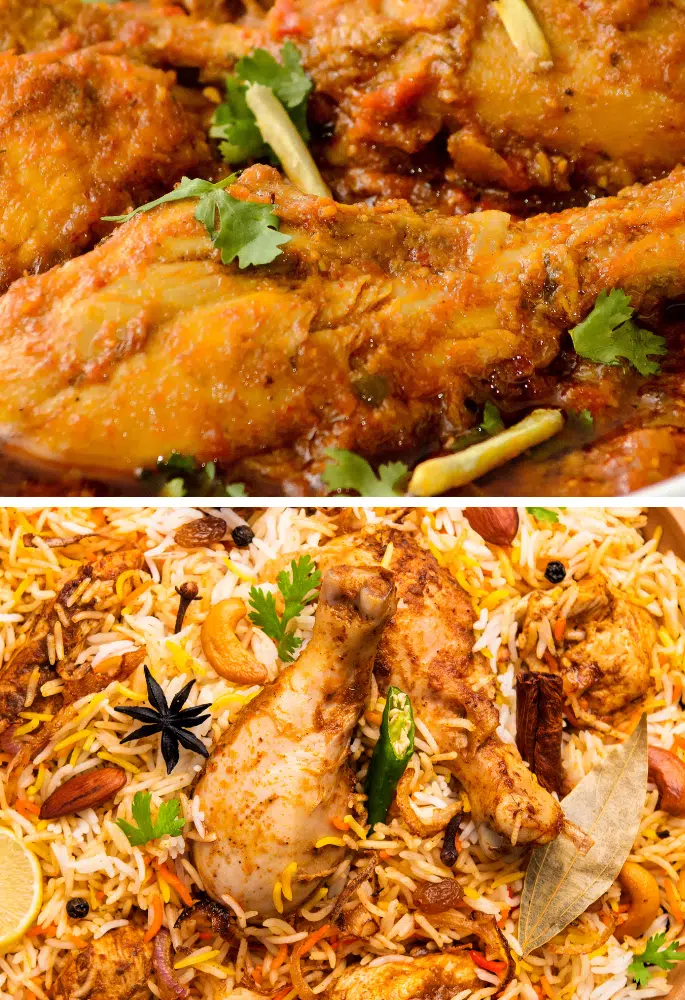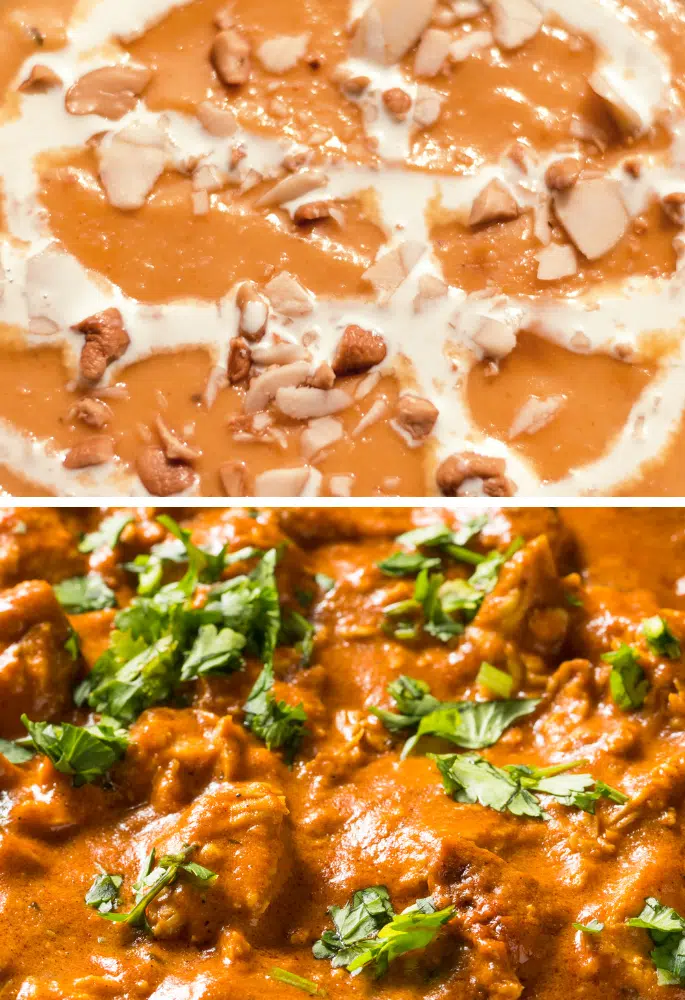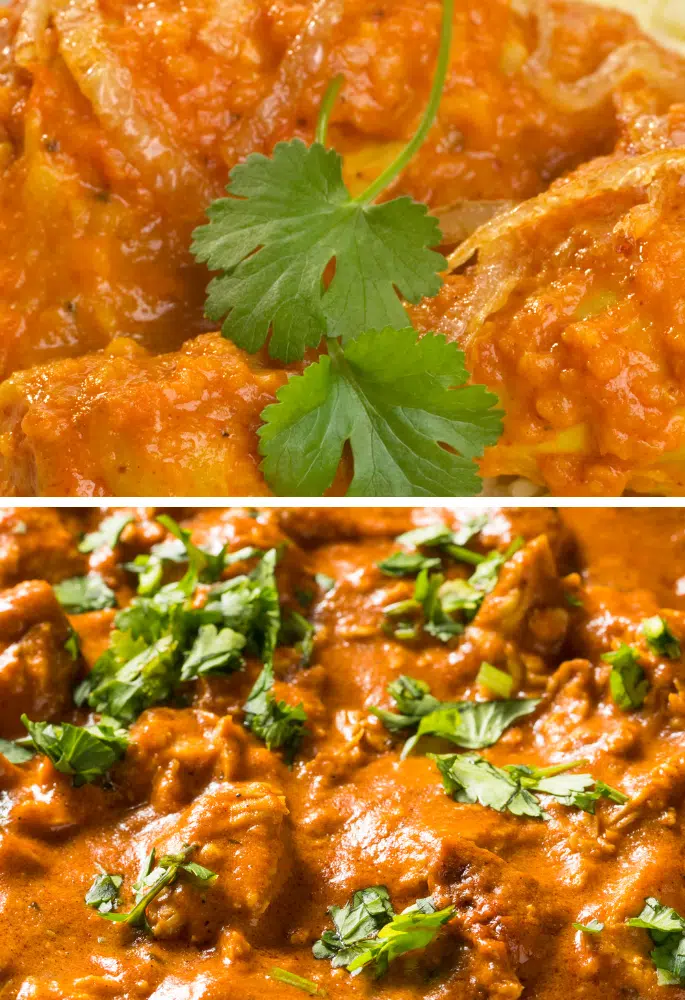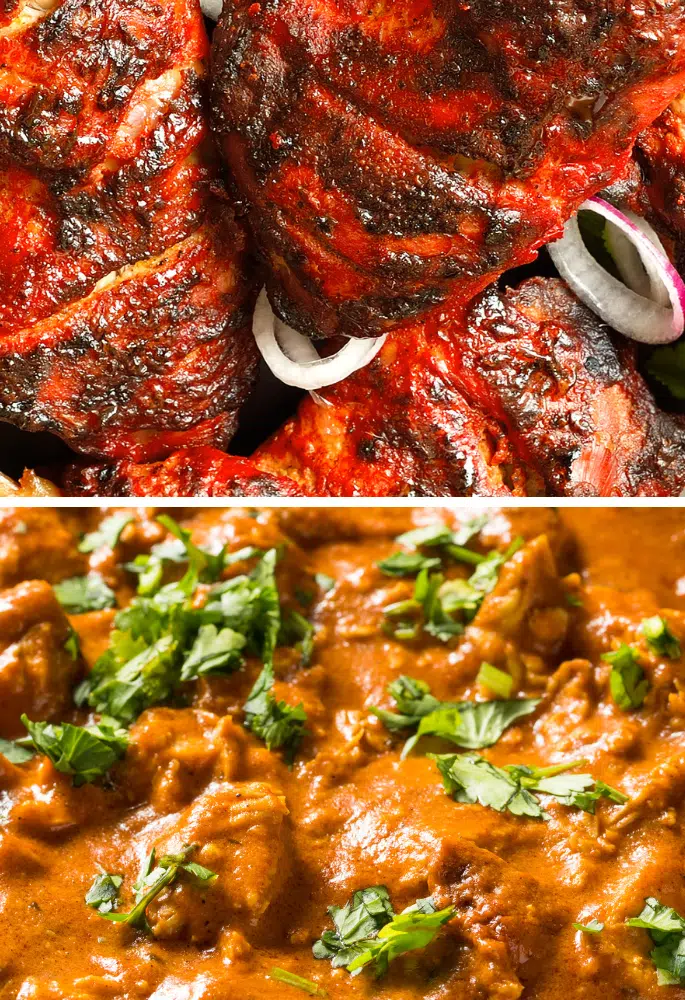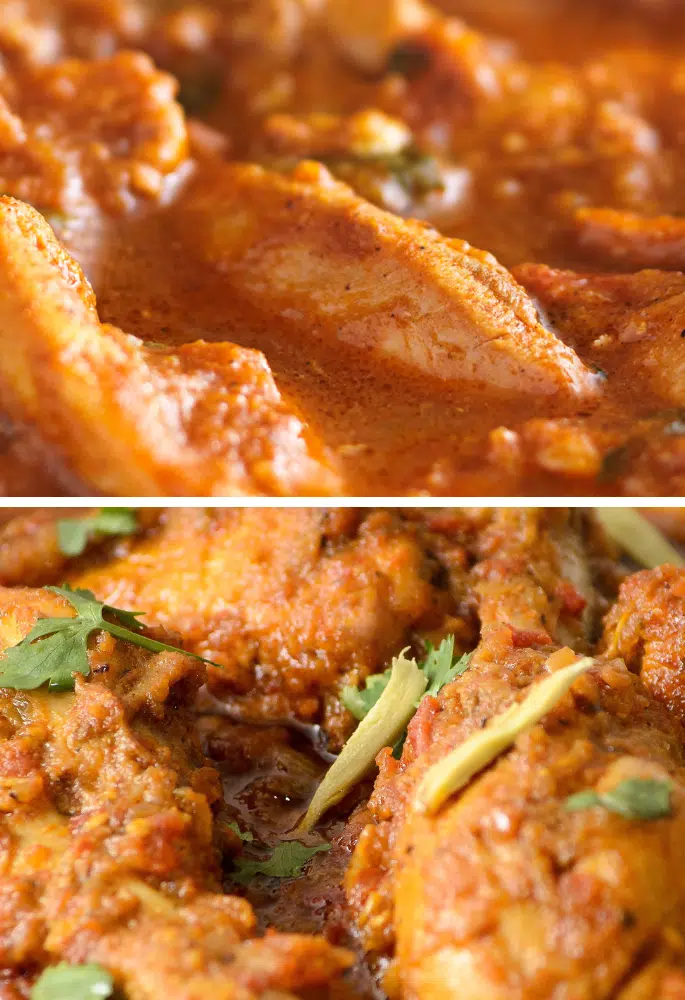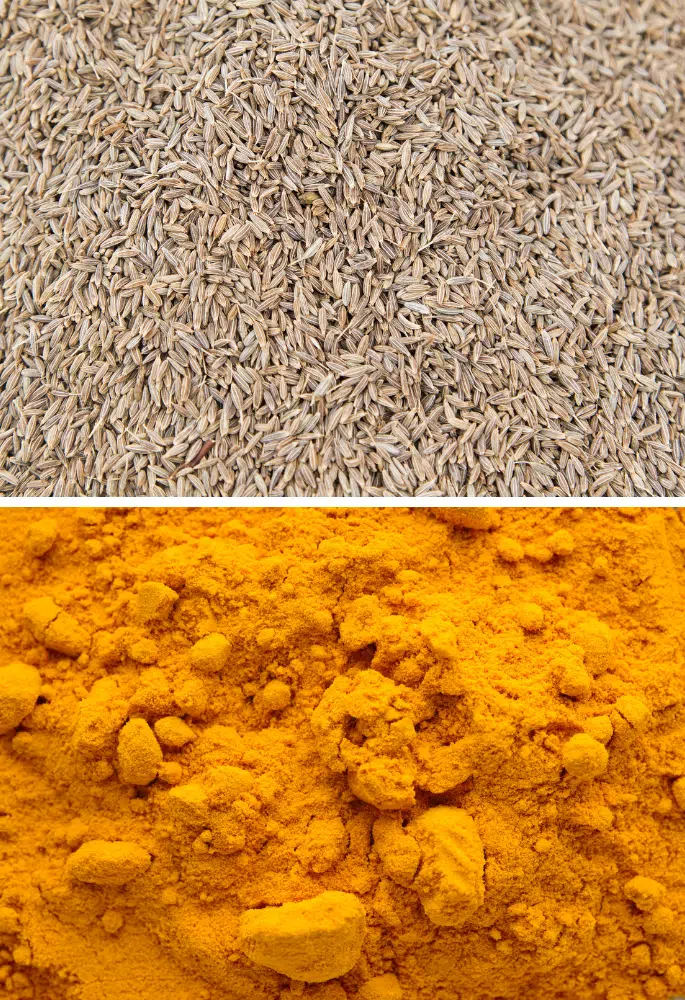I love an Indian. The problem is it’s far too easy to get carried away when ordering. What is supposed to be a meal for two is enough to supply a banquet! But, before you throw out all those leftovers, discover just how easy it is to reheat Indian food from the takeaway.
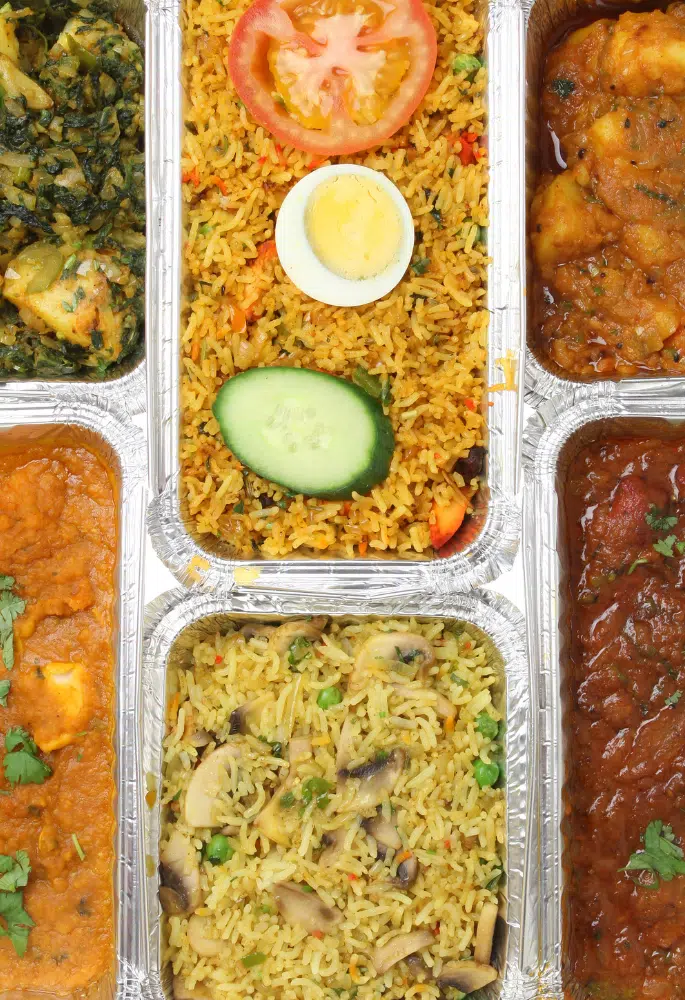
The method differs depending on what it is you’re reheating. Instead of covering different methods, I’m going to focus on the most popular dishes your might have ordered from your local takeaway.
How To Reheat Indian Rice In The Microwave
Some people avoid reheating rice altogether because of how bacteria-prone rice can be. However, there should be no problem so long as you can get the rice hot enough when reheated. The best way to make sure of this is to use a microwave:
- Add Some Extra Water
Takeaway rice is quick to dry out if not eaten straight away, so add moisture by adding 1 tablespoon of water to the container you plan to reheat the rice in. Spread the water evenly to avoid soggy rice. - Avoid Clumpy Rice
Using a fork, gently break rice that has stuck together, and even out the rice in the reheatable container. - Use Wet Paper Towel
Damp a paper towel or kitchen towel slightly and lay it across the bottom of your microwave. This will create extra moisture when the rice is reheated for the ultimate fluffy rice. - Reheat
Place your rice on top of the damp towel and microwave for 4 minutes, pausing to stir the rice halfway through to prevent it from clumping together.
How To Reheat Indian Curries On The Hob
Indian curry dishes are the most likely to change texture when stored in the fridge, so you will need to put a little extra effort into achieving the same creamy curry consistency when reheating your leftovers:
- Pour Into a Saucepan
Using a saucepan that is big enough to fit your curry in, empty in all of your curry. Don’t use an overly big or small saucepan as the curry will not heat up properly. - Heat Up
On a medium heat, allow the curry to warm up for around 5 minutes, occasionally stirring until the curry is steaming hot. Any cooler and any potential bacteria will not be killed. - Adjust Thickness
Depending on how you like your curry, you may need to add a little water to thin out the curry as it reheats. Some dishes will become a little thicker, so they will need that extra moisture to become nice and smooth again.
This comes down to what it is you’re reheating. Using the microwave is the best option when reheating rice or dry dishes. Using the hob is the best option when reheating anything in a sauce.
How to Reheat Indian Sides
Of course, one of the best bits of any Indian takeaway is the sides. But how many of these can you reheat, and just how easy is it to do so?
Yes, you can reheat samosas in an oven at 180°C for 5-10 minutes until they are hot throughout and crispy. Avoid using a microwave as it can make the pastry soggy.
Yes, onion bhajis can be reheated in the oven at 180°C for 5-10 minutes; this method helps in retaining their crispiness. Ensure they are heated through completely before serving.
Yes, naan bread can be reheated by placing it in a preheated oven at 180°C for about 5 minutes or by lightly toasting it on a pan. You can also sprinkle water and heat it in the microwave for 10-20 seconds, though this may alter its texture.
Prawn on purée can be reheated on the stovetop; gently heat the purée and prawns separately, ensuring the prawns reach a safe internal temperature of 75°C. Ensure you do not overcook the prawns to prevent them from becoming tough.
Tips for Reheating Indian Food
If you want things to go well when reheating your Indian takeaway food, stick to these top tips:
- Layered Steam Reheating: For curries or saucy dishes, place a piece of bread on top of the curry before reheating in the microwave. The bread absorbs excess oil, preventing it from becoming too greasy.
- Iron Skillet for Naan: Reheat naan bread on an iron skillet or tava for a just-out-of-the-tandoor experience. The intense heat mimics the tandoor’s effect, giving you a crispy yet soft naan.
- Water Bath for Rice: Place a damp paper towel or cloth over leftover rice when microwaving. This creates a steam bath that keeps the rice moist.
- Stove Top Simmer for Curries: Instead of microwaving, reheat curries on the stove, letting them simmer slowly. This method enhances the flavours and ensures even heating.
- Avoiding Sogginess in Fried Snacks: For items like samosas or pakoras, reheat them in an air fryer or oven instead of a microwave to retain crispiness.
- Refresh with Fresh Herbs: Sprinkle fresh coriander or other herbs on your takeaway after reheating. It brings back a burst of freshness and masks any stale flavours.
- Low Heat for Creamy Dishes: Dishes with cream or yoghurt can split if heated too quickly. Use low heat and stir frequently to maintain their creamy texture.
- Separate and Conquer: If a dish has components with different textures, separate them and reheat them individually. This prevents items like vegetables in a curry from becoming mushy.
- Adding a Splash: If a curry or sauce has thickened in the fridge, add a splash of water or stock when reheating to return its original consistency.
- Quick Tadka for a Flavor Boost: Make a quick tadka (tempering) with mustard seeds, curry leaves, and a bit of oil. If you’re feeling flashy, make panch phoron. Pour it over your reheated curry for an instant flavour boost.
Acacia may be a freelance writer by day, but they are a food fanatic by night. They are always trying out new recipes or finding different ways to elevate classical dishes. But their biggest culinary aim is to educate others on the basics of the kitchen so that they too can enjoy delicious food.


